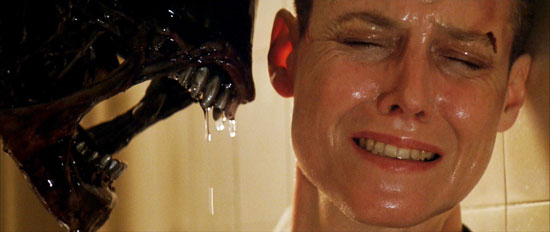You don’t hate Alien 3 as much as you think you do.
A terrible sequel, the third installment of the ’Alien’ saga created by Ridley Scott, isn’t actually a terrible movie on its own. In fact, if you haven’t seen director David Fincher’s 2003 “Assembly Cut” for the DVD/Blu-Ray box set, you haven’t even really seen Alien 3. It’s a dark and nihilistic arthouse SF film with a complex, challenging female lead. No wonder it flopped as a summer blockbuster in 1992.
Not to say that summer blockbusters can’t have complex, challenging female leads. The previous year introduced moviegoers to a stronger, crazier Sarah Connor in Terminator 2: Judgment Day. Where have the Sarah Connors and Ellen Ripleys of my youth gone? My guess is that they’re all on television these days. ScarJo pouting through The Avengers in a catsuit just isn’t cutting it for me. Noomi Rapace has enormous footsteps to follow in as the lead of Ridley Scott’s upcoming Prometheus.
Lets hope she succeeds in her endeavor where Alien 3 failed so spectacularly.
I could not think of a stranger movie for a major studio to make than Alien 3. It’s no surprise to learn that Alien 3 almost didn’t get made at all. The road to bringing it to theaters was a gauntlet of contract negotiations, the worst kind of studio meddling, and a revolving door of screenwriters and directors. It shows in the traces of each discarded script like the ghosts of better movies.
Sigourney Weaver plays Ellen Ripley, woken from cryo-sleep when her escape pod crashes on Fiorina “Fury” 161, a desolate foundry planet and abandoned penal colony, population 25. Ripley’s makeshift family from Aliens, Corporal Hicks, young orphan Newt, and android Bishop, died in the crash and Ripley is left to stand alone amongst Fury’s hardened sociopaths. The former prisoners have adopted religion and do not appreciate the temptation of a woman in their midst. They like her stowaway even less, some seeing the alien as the ultimate test of their faith.
Serious stuff for what was supposed to be a popcorn flick.
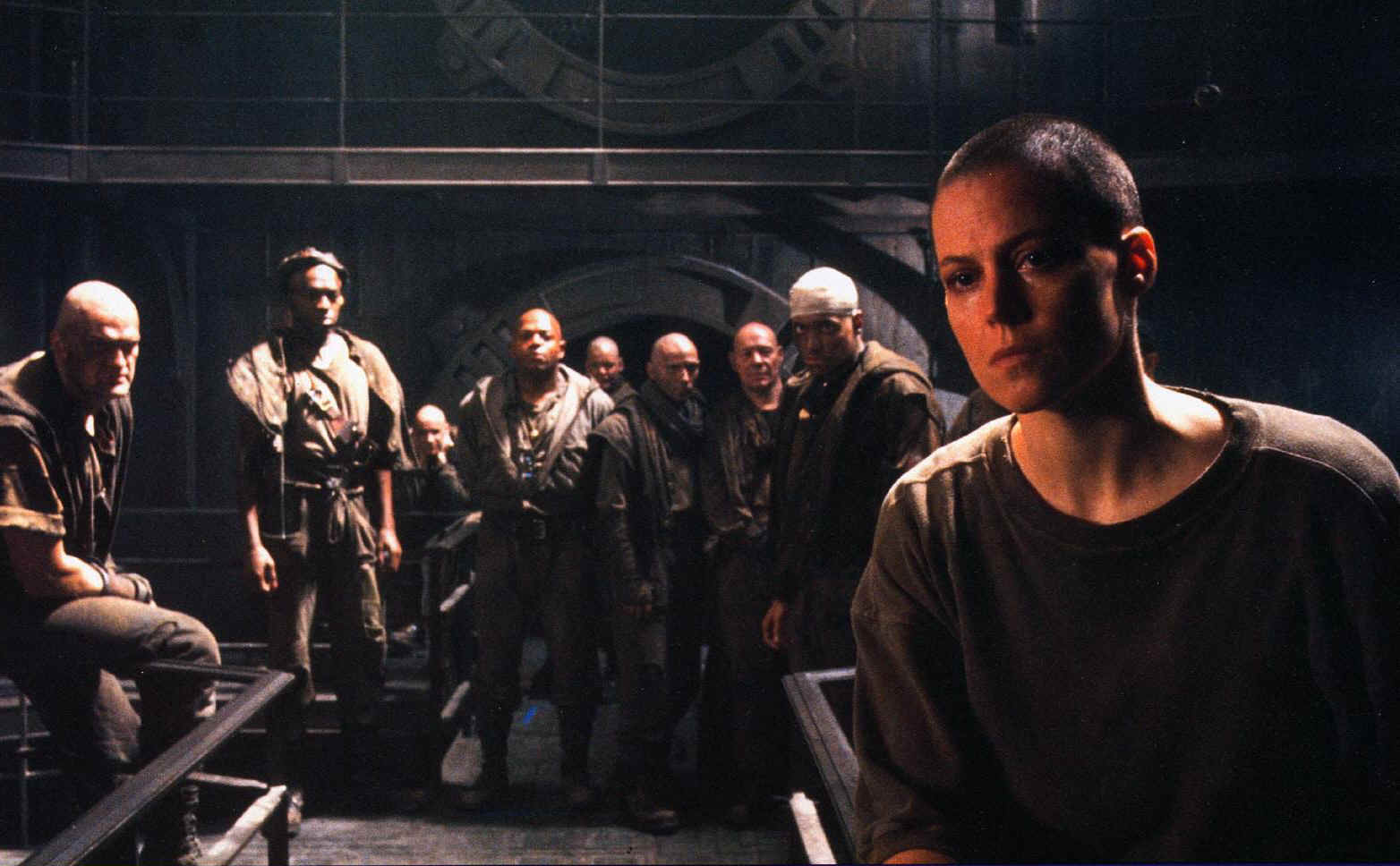
William Gibson wrote one of the earliest screenplays in 1987. Because it was uncertain if Sigourney Weaver would return to reprise her role, Ellen Ripley remained in a coma for most of the movie. It was largely about Corporal Hicks (Michael Biehn) and Newt involved in a Cold War-era tale of corporate misbehavior on a galactic scale. Only the bar code tattoos on the backs of prisoners’ heads survived Gibson’s draft. You can read his screenplay yourself online.
David Twohy’s screenplay involved a Weyland-Yutani prison planet, where inmates were being experimented on for biological warfare research. His script is also available online, but the most interesting thing about it is how Twohy, eventually fired, took his prison planet idea and turned it into the world of Pitch Black. There would be no Riddick without Alien 3.
One of the cooler ideas for Alien 3 was Aussie Kiwi director Vince Ward’s beautifully outré wooden cathedral on a satellite, inhabited by monks. But, like the directors before him, Ward got too fed up dealing with the studio’s demands and left. This version of Alien 3 has a small cult following and a good chunk of the Alien Quadrology box set dedicated to it.
Enter a young untested director, David Fincher.
Fincher got his start in commercial work, just like original Alien director Ridley Scott. But Fincher had to begin filming with an incomplete script, several million dollars over-budget and several weeks behind schedule. Cast members said there were more producers on set than actors on any given day. And the script was made up as filming went along, by a director who had actors repeat scenes twenty times or more before being satisfied with a take.
Things became so contentious between Fincher and Fox that the director left the production before final editing began and has since disowned the film. The 2003 Assembly Cut isn’t actually the true vision Fincher had in mind (we suppose, as he even refused to return to record DVD commentary or appear in any bonus features) but it’s closer to his original cut of the film. It’s got a new beginning, a modified ending, and a few new sequences that flesh out some of the prisoners and fill in plot inconsistencies made by the studio’s editing.
The opening shot in particular is beautiful in its bleakness.
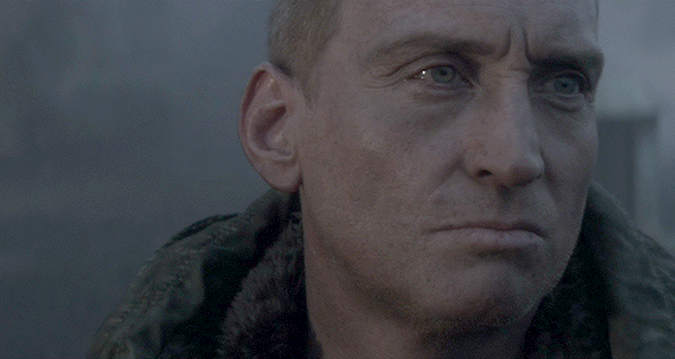
Former inmate and chief medical officer Jonathan Clemens (Charles Dance, a.k.a. Tywin Lannister) walks along a beach, past mining equipment, his coat billowing behind him in the harsh winds. He finds Ripley’s body washed up on shore, covered in the bugs we only heard about in the theatrical cut. Yes, you’d definitely want to shave your head on this world. A team of oxen drag the Sulaco’s pod out of the ocean. One of the beasts is impregnated by the facehugger hiding on board. (In the theatrical cut, it was a dog.)
The fact that there is a facehugger at all is the biggest headscratcher in all of Alien 3. How did the Queen lay an egg on the shuttle, in record time, when her egg sack was ripped off at the end Aliens? The Assembly Cut at least shows us that it’s no normal facehugger that parasitizes two hosts before dying. Still, the whole foundation of Alien 3 is flawed from the start.
However, more people would say the largest flaw of Alien 3 was killing off Newt and Hicks.
I’m in the minority. I actually didn’t mind it. I kind of admired the balls of it. Sure it was a downer to see these two great characters — and a great character actor in Michael Biehn — get cut down in their sleep. They were heroes in the last movie. They were supposed to be Ripley’s new family. But the alien has stripped all of that away as easily as Ripley shaves her head. The alien strips everything away.
What’s left is a world-weary, caustic woman who doesn’t really give a shit about herself, but still manages to care about the fate of the universe. It’s in Alien 3 that you really see the toll the alien encounters have taken on Ripley. Her life is one long chase sequence, punctuated by gruesome deaths.
Down as she is, with her freshly shorn head, Ripley still has it in her to boldly proposition Dr. Clemens. It’s an unusual pairing, but a tender and oddly fetishistic one. Clemens certainly isn’t the classic hero Hicks was. He wasn’t a rapist at least, he was “just” a smack-addled doctor who accidentally killed 11 people when he prescribed the wrong medication. This makes him a good guy in Alien 3. The fact that he stuck around the lice-infested planet to take care of the criminally insane after his sentence was served makes him a goddamned saint.
Unfortunately, their mutual solace in one another is brief. When the alien attacks, the film really does turn into one long chase sequence.
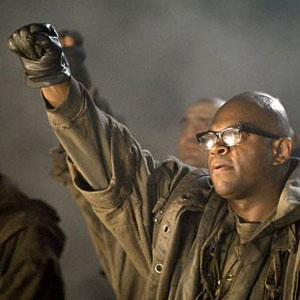 The inmates’ religion permeates life on Fury 161. With their shaved heads and long coats and the overall sepia tones of the movie, Dillon’s “brothers” look like Catholic monks, but Ripley is constantly reminded that they are rapists. Even the most devout among the men, Dillon (Charles S. Dutton,) thinks that women are “intolerable” and he’s the closest thing to a friend Ripley has for the remainder of the film. When Ripley learns that she’s carrying a queen embryo, that makes her a double feminine threat to the inmates’ tenuous faith and their only chance at survival. This irony seems lost on everyone but Ripley.
The inmates’ religion permeates life on Fury 161. With their shaved heads and long coats and the overall sepia tones of the movie, Dillon’s “brothers” look like Catholic monks, but Ripley is constantly reminded that they are rapists. Even the most devout among the men, Dillon (Charles S. Dutton,) thinks that women are “intolerable” and he’s the closest thing to a friend Ripley has for the remainder of the film. When Ripley learns that she’s carrying a queen embryo, that makes her a double feminine threat to the inmates’ tenuous faith and their only chance at survival. This irony seems lost on everyone but Ripley.

As bad as the alien is, it’s Weyland-Yutani Corp. that is the looming threat to the galaxy. As is always the case in these horror movies, man is the most dangerous predator around. Trite but true. Ripley convinces the reluctant inmates to join her cause in killing the alien before a company team can use the creature (and Ripley) for research.
Perhaps it’s this rampant despair and extreme anti-corporate stance that made Alien 3 very popular among the goth-industrial dance crowd of the mid-90s. Shaved heads, goggles, and drab clothes were the fashion in this subculture and Fincher’s film shared that aesthetic. In a strange coda, it’s one of the most frequently sampled movies in industrial music, used by Frontline Assembly, Haujobb, and probably Velvet Acid Christ. (They’ve sampled every movie made before 2002.) German band Wumpscut went a step further and made the Weyland-Yutani logo their band logo, too. One of their biggest dance hits sampled Dillon’s eulogy for Newt and Hicks.
Yes, the plot is messy, the alien FX are cartoonish now, but the action itself is stylish and fun, especially considering that the prisoners have no access to weapons and must use themselves as bait. The cinematography and the repurposed Vincent Ward cathedral sets provide a visually arresting Middle Ages-meets-the future landscape. Dutton and the rest of the supporting cast, including Pete Postlethwaite, are colorful — when you can tell them apart. There’s a biting sense of humor permeating many of the scenes. And over all of this is Elliot Goldenthall’s menacing score, a mix of choral and orchestral work.
The final act slips further into downbeat territory. Series fans get two brief appearance by Aliens vet Lance Henrikson in two roles, one brief scene playing the desiccated android Bishop and finally as Michael Bishop, a human (we think) representative of Weyland-Yutani offering Ripley a chance to remove the alien embryo and live to have real children of her own one day. As if that’s the only purpose a woman could possibly have in life. (And ignoring the fact that Ripley did have a daughter on Earth before she signed up for duty with the Nostromo.)
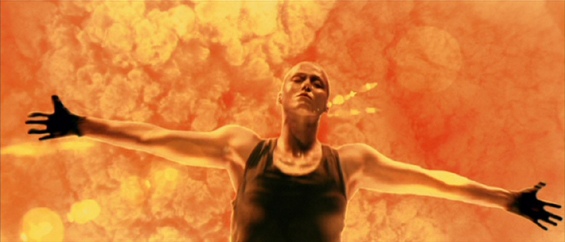
When Ripley takes that final plunge into the furnace in the Assembly Cut, arms outstretched like Jesus on a crucifix, the alien doesn’t burst from her chest like it did in theaters. That, to me, made her story more tragic. She was terrified of giving birth to an alien in the first two movies. The Assembly Cut ending makes her decision to kill herself and her “baby” more of a conscious choice to be the savior of mankind.
The worst hasn’t happened yet; she’s preventing it.
At least until Weyland-Yutani brings her and her queen back for the even more disappointing Alien Resurrection. But for a few years, Ellen Ripley’s story had a wildly dark and heroic end to a journey that seems almost unimaginable in today’s film landscape.
Theresa DeLucci is a regular contributor to Tor.com. She covers True Blood, Game of Thrones, and is also an avid gamer. She has also covered tech and TV for Geektress.com and Action Flick Chick. Follower her on Twitter @tdelucci










